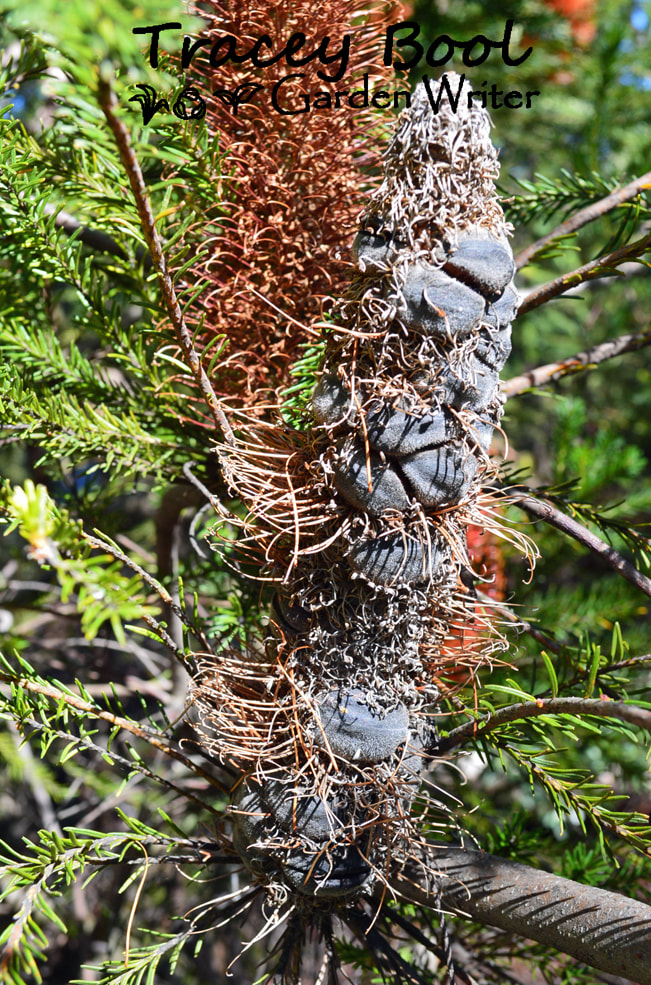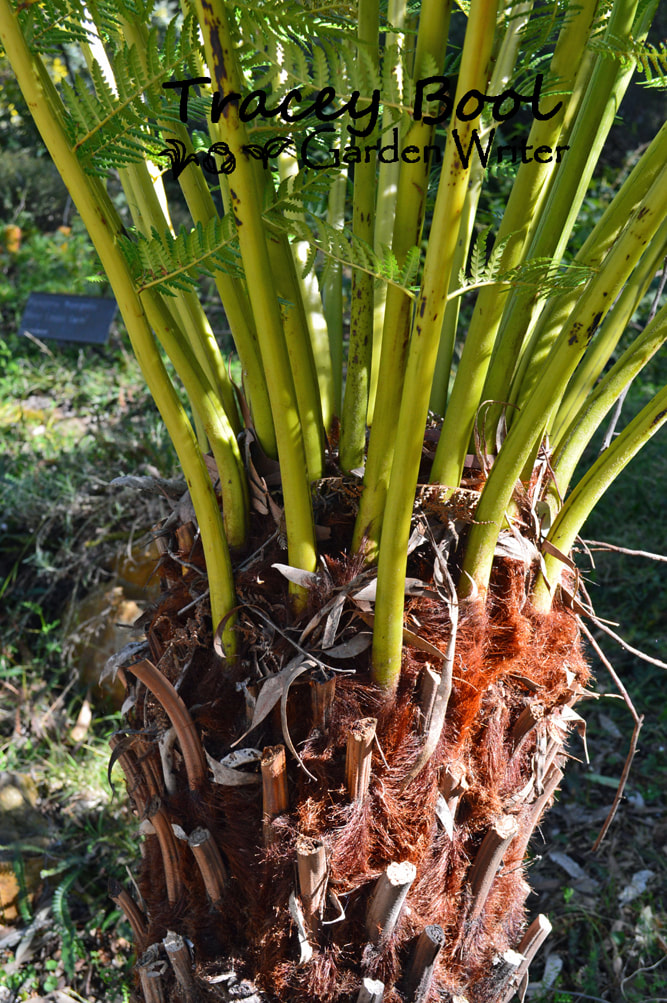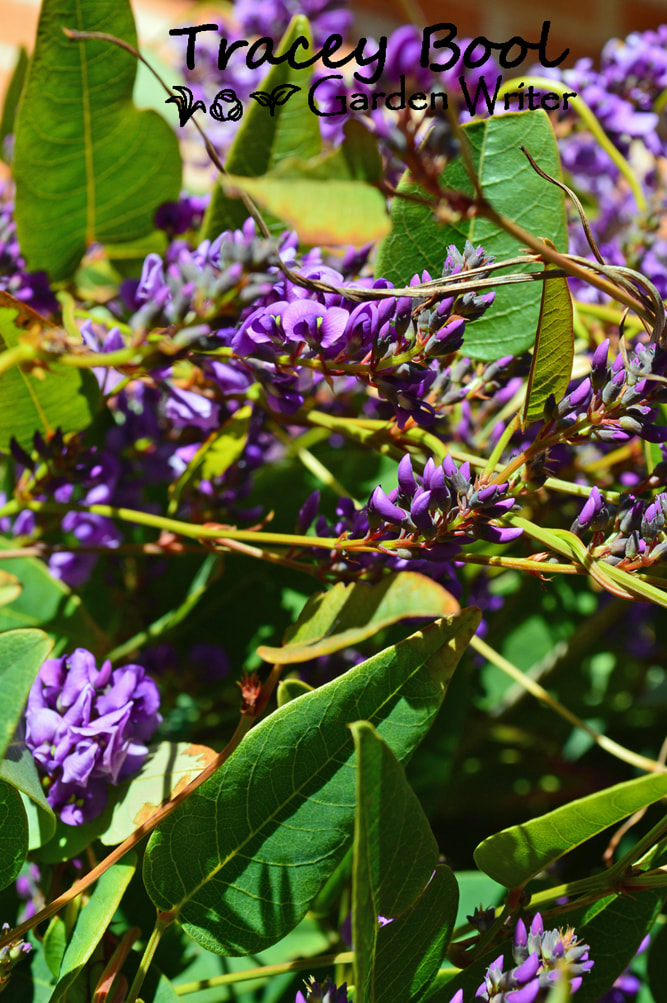|
Bush Foods and a World of Wonder
(14 September 2017) What better way to be spending a glorious spring morning than at Canberra’s glorious Botanic Gardens discussing bush foods and landscapes with inspiring and accomplished Ngunawal descendent, Tyronne Bell. Growing up in Yass and with a strong connection to his indigenous heritage, Tyronne has been an articulate and passionate advocate for Aboriginal history and culture for most of his life, particularly with that of the local Ngunawal people (note Ngunawal is spelt with only one ‘n’). Tyronne’s drive for education, sharing, and fostering people’s re-connection with this magnificent landscape we call home, led him to establish Thunderstone Aboriginal & Cultural Land Management Services, this year’s recipient of NAIDOC Week ACT’s Indigenous Business of the Year award. Amongst services offered, Thunderstone conducts tours of local sites of Aboriginal significance, including identification and traditional uses of native plants. The following are a few of these lovely plants and some of their uses; plants which are suitable for utilising in backyard cultivation: Banksia – This iconic Australian plant, with a plethora of species, sizes, shapes and colours, has an extensive distribution, including in the Canberra region. Banksia marginata is one such species, a bushy form up to 4 metres high and with medium-sized yellow flowers. Banksia flowers are irresistible to beneficial insects, including bees, and the mature cones are attractive to birds. On the bush tucker front, Banksia flowers can be steeped in water to make a sweet, nectar-rich beverage. The mature cones were traditionally used as a source of light, which was kept burning from campsite to campsite, and from one Banksia cone to the next. In cultivation, Banksias thrive in well-drained soils with relatively low nutrition. Most prefer sunny aspects and will tolerate varying degrees of wind, cold and prolonged dry conditions. Dicksonia antarctica – Commonly known as Soft Tree Fern, Dicksonia antarctica is endemic to Australia and grows in a range of climates including ours. Over time it develops a strong fibrous trunk up to 15m in height, and with graceful arching fronds with a spread of up to 6m. This majestic fern has a range of traditional uses, including for food, shelter and medicinal purposes. Young fronds can be eaten fresh or cooked, and the older ones to create shelter. The milky sap within the stems is used to treat ant bites. Dicksonia antarctica prefers shady protected positions with reliable moisture, although it will tolerate short periods of dry. Keeping fronds covered at base with damp leaf matter or similar, prevents environmental damage and provides nutrition. Soft Tree Ferns make attractive indoor plants while young, and their trunks can be shortened and the top halves re-planted in garden situations, if they are outgrowing their welcome. Hardenbergia violacea – Hardenbergia violacea, known as False Sarsaparilla and Purple Coral Pea, amongst others, is a bright and cheery climber from the Fabaceae (pea) family. Its vibrant flowers brighten many a garden and bushland setting in early spring, providing a much-needed food source for foraging bees and other beneficial insects when pickings are slim. Traditionally, the leaves of False Sarsaparilla are crushed and used to make a tea to relieve toothaches, sore throats, and maintain healthy insides. A dye is also obtained from the flowers and used in basket weaving. Hardenbergia violacea is a fast-growing plant in cultivation, which can be used as a non-invasive climber in smaller areas or left to its own devices as a scrambling groundcover. A moderate haircut after flowering will help maintain vigour. Hardenbergia violacea grows in a range of soils and aspects, and will tolerate periods of dry weather. Succession plantings every few years ensures there are no gaping holes in your garden landscape when this worthwhile, nitrogen-fixing plant, reaches the end of its aesthetic life span. For more information about Tyronne and Thunderstone Aboriginal & Cultural Land Management Services, visit: http://www.thunderstone.net.au/index.php |
|



